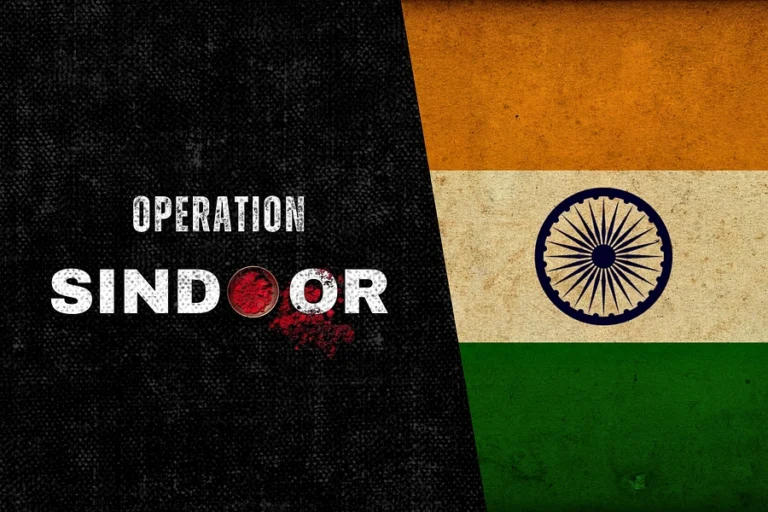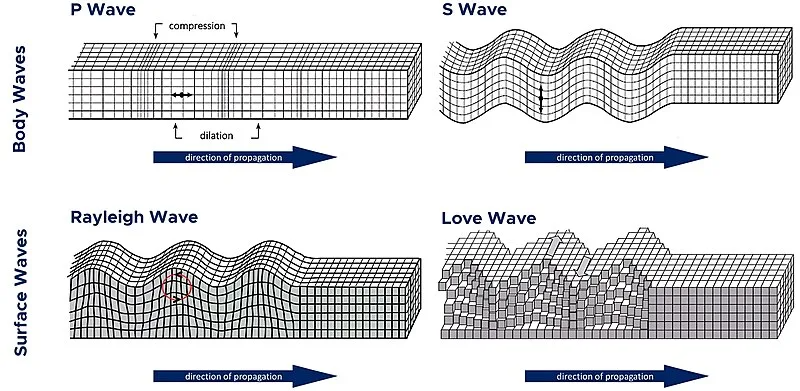July 21st Current Affairs
NCERT History Textbooks
NCERT History Textbooks NCERT History for Class-VI (Social Science – Our Pasts-I) NCERT History for Class-VII (Social Science – Social and Political Life-II) NCERT History for Class-VIII (Social Science – Our Pasts-III) Part-2 NCERT History for Class-IX (Social Science – India and the Contemporary World-I) NCERT History for Class-X (Social
Kannada Literature Optional Syllabus
Home / ಐಚ್ಚಿಕ ಕನ್ನಡ ಸಾಹಿತ್ಯದ ಪಠ್ಯಕ್ರಮ ಐಚ್ಚಿಕ ಕನ್ನಡ ಸಾಹಿತ್ಯ ಪತ್ರಿಕೆ – 1 ವಿಭಾಗ – ಎ ಅ) ಕನ್ನಡ ಭಾಷೆಯ ಚರಿತ್ರೆ ಭಾಷೆ ಎಂದರೇನು? ಭಾಷೆಯ ವರ್ಗೀಕರಣ ಭಾಷೆಯ ಸಾಮಾನ್ಯ ಲಕ್ಷಣಗಳು ದ್ರಾವಿಡ ಭಾಷಾ ಕುಟುಂಬ ಮತ್ತು ಅದರ ಸಾಮಾನ್ಯ ಲಕ್ಷಣಗಳು ಕನ್ನಡ ಭಾಷೆಯ ಪ್ರಾಚೀನತೆ ಕನ್ನಡ ಭಾಷೆಯ ಬೆಳವಣಿಗೆಯ ವಿವಿಧ ಹಂತಗಳು ಕನ್ನಡ ಭಾಷೆಯ ಉಪಭಾಷೆಗಳು ಕನ್ನಡದ ಪ್ರಾದೇಶಿಕ ಮತ್ತು ಸಾಮಾಜಿಕ ಭಾಷೆ ಕನ್ನಡದ
UPSC Current Affairs – October 6th
October 06th Current Affairs Home / Table of Contents 36-hour curfew imposed in parts of Odisha’s Cuttack over communal tensions Relevance to UPSC GS Paper II Polity Governance and Social Justice: Centre–State Relations / State Government Responsibilities (law & order is a core state subject) Rights & Liberties (internet /
Religious Minorities in India and the Challenge of Communal Harmony: A Sociological Reflection on the Cuttack Violence
Home / Religious Minorities in India and the Challenge of Communal Harmony: A Sociological Reflection on the Cuttack Violence Sociology Paper 2: Religion and Society – Problems of religious minorities Odisha’s Cuttack, often described as a thousand-year-old cradle of syncretic culture, recently witnessed communal tensions following clashes during Durga Puja
UPSC Current Affairs – October 4th
October 04th Current Affairs Home / Table of Contents Isabgol Processors threaten to halt purchases from October 6th over GST Issues Relevance to UPSC Paper II: Governance / Policy Implementation Regulatory and Policy Clarity. Reflects issues of bureaucratic ambiguity and the need for transparent, consultative governance between industry and government
Sologamy and Contemporary Trends in Marriage: A Sociological Perspective
Home / Sologamy and Contemporary Trends in Marriage: A Sociological Perspective Sociology Paper 1: Systems of Kinship – Contemporary trends Marriage has traditionally been a cornerstone of human society, forming the basis of family, social organization, and cultural continuity. However, the institution of marriage has witnessed significant transformation in contemporary
Operation Sindoor

Why in News?
Parliament’s Monsoon Session, starting July 21, 2025, is expected to feature intense discussion on Operation Sindoor, a May 7–10 military operation by India across the border into Pakistan–administered territories. The government, led by Parliamentary Affairs Minister Kiren Rijiju, invited all-party reflections to be shared in Parliament highlighting its significance.
Context
- Trigger event: On April 22, a terror attack at Pahalgam claimed 26 lives, which India attributed to Pakistan-based terrorist groups.
- Operation execution: Beginning the night of May 7, India launched a coordinated tri-service strike—air, missile, and drones—against nine terror-related targets across Pakistan and Line of Control (LoC) areas.
Scale and precision: The operation lasted ~23 minutes and reportedly neutralized 100+ terrorists, with no damage reported inside Indian territory.
Past Military Responses
- India’s previous strike, Operation Balakot (2019), targeted terror camps after the Pulwama attack. Like Balakot, Sindoor was portrayed as calibrated and coercive—military punishment with restraint, carefully avoiding escalation.
Pros
- Strong deterrent signal: A precise, swift response signaled India’s willingness to act decisively against terrorism.
- Technological maturation: Effective use of BrahMos missiles, loitering munitions, IAF jets, and indigenous systems demonstrates enhanced defence autonomy.
- Domestic morale boost: operation’s success, enhancing public morale and national unity.
- Low escalation: Avoidance of full-scale conflict in a nuclear-armed region illustrates disciplined crisis management.
Cons
- Risk of escalation: Pakistan claimed civilian casualties and retaliated with drone and artillery strikes, increasing the danger of tit-for-tat conflict.
- Misinformation surge: During and after Sindoor, both nations saw a wave of misleading and unverified reports, feeding public confusion.
- Short-term fix, long-term neglect? Security analysts argue military strikes must be accompanied by deeper policy shifts—like defence acquisition reform and strategic clarity—to avoid temporary gains.
Global Response
- Deterrence doctrine: Sindoor signals that India may absorb terrorist provocations and respond militarily with minimal escalation—a shift from anticipation to reaction capability.
- Arms modernization readiness: The operation showcased a reliance on homegrown systems and integration of drone technology.
- Civil-military coordination spotlight: Smooth execution highlights maturing inter-services synergy, though communication during crises needs improvement.
- Politics and symbolism: Naming and messaging link to cultural-patriotic themes, influencing parliamentary debate.
Implications
- Deterrence doctrine: Sindoor signals that India may absorb terrorist provocations and respond militarily with minimal escalation—a shift from anticipation to reaction capability.
- Arms modernization readiness: The operation showcased a reliance on homegrown systems and integration of drone technology.
- Civil-military coordination spotlight: Smooth execution highlights maturing inter-services synergy, though communication during crises needs improvement.
- Politics and symbolism: Naming and messaging link to cultural-patriotic themes, influencing parliamentary debate.
Way Forward
- Strategic review: Parliament must use this session to task a Joint Parliamentary Committee (like Kargil Review) to examine the operation’s planning, execution, communication, and strategic consequences.
- Policy reforms: Push for modernization of defence procurement, theater command footing, cyber-warfare readiness, and paramilitary oversight.
- Public communication safeguards: Establish rapid counter-disinformation mechanisms against fake news, elevating fact-checking processes.
- Diplomatic channels: Sustain crisis dialogue with Pakistan alongside pressure on terrorist networks and global consensus on terrorism non-proliferation.
Prelims MCQ
Q1. With reference to Operation Sindoor (2025), consider the following statements:
- It was a multi-service military operation involving air, naval, and ground forces.
- The operation minimally used the Akash teer in response to a terror attack in Punjab.
- It involved the use of indigenous precision-guided weapons, including the BrahMos missile.
Which of the statements given above is/are correct?
A. 1 and 3 only
B. 2 and 3 only
C. 1 only
D. 1, 2 and 3
Answer: A. 1 and 3 only
Explanation:
- Statement 1 – Correct. Operation Sindoor was coordinated by the Indian Air Force, Navy, and Army—a tri-service military action.
- Statement 2 – Incorrect. The operation was in response to a terror attack in Pahalgam, Jammu & Kashmir, not Punjab.
- Statement 3 – Correct. Indigenous systems like the BrahMos missile and loitering munitions were deployed in the operation.
Mains Question
Q. Does “Operation Sindoor marks a shift in India’s cross-border counter-terrorism doctrine by demonstrating precision, multi-domain coordination, and calibrated escalation control.”. Analyse (10 marks)




